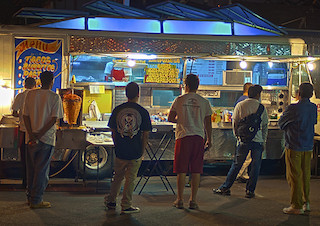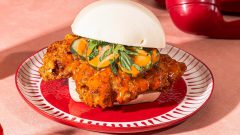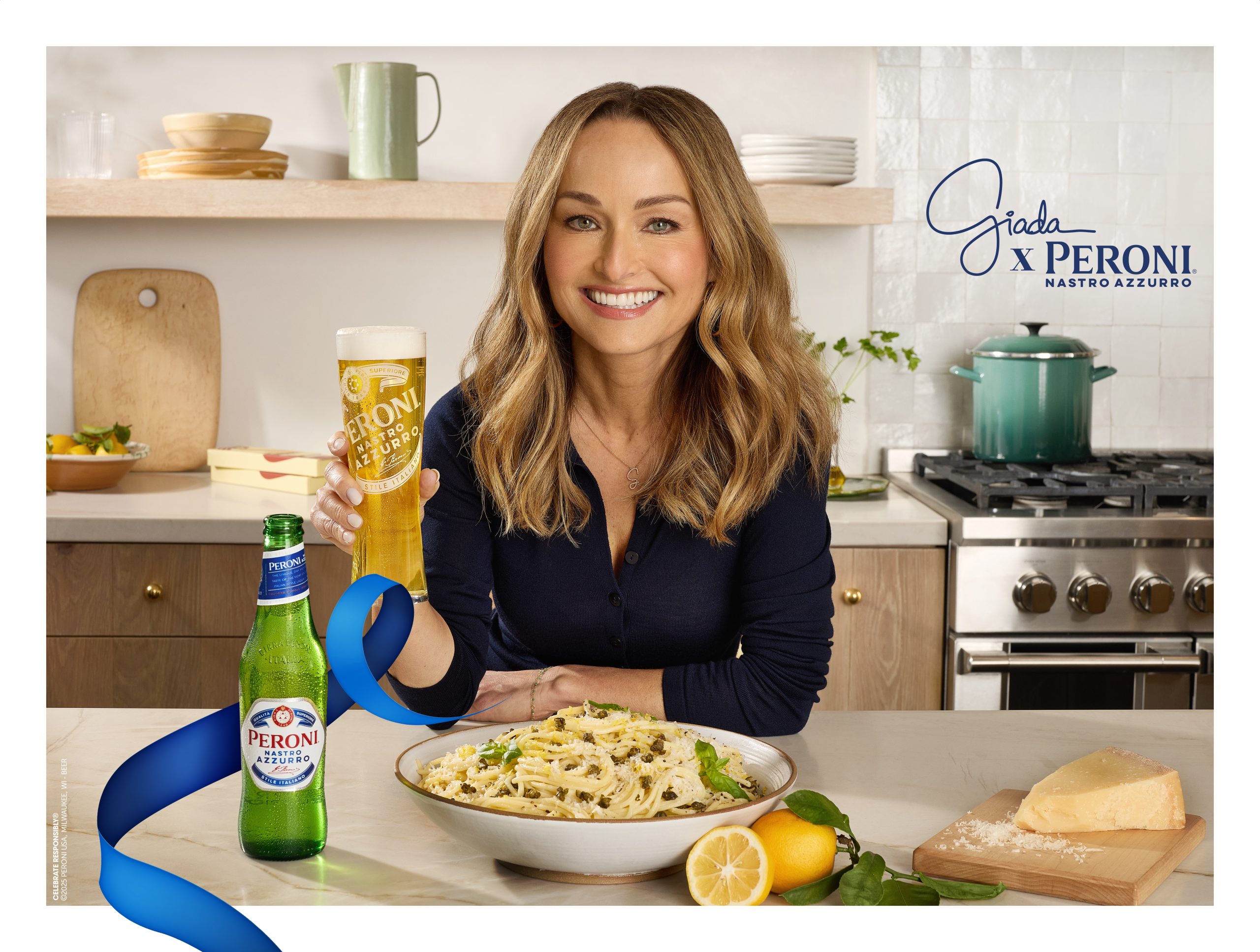Here Is How The Michelin Guide Can Make Angelenos Care About It

Earlier this year, the Michelin Guide, known by most foodies and insiders as the defining restaurant rating guide, made the announcement of its return to Los Angeles after a nine year hiatus in the city. At the time, former Michelin Guide director Jean-Luc Naret commented on the departure, “The people in Los Angeles are not real foodies. They are not too interested in eating well but just in who goes to which restaurant and where they sit.”
But times have changed since Naret’s verbal slap to Los Angeles, as it is now heralded as one of the most exciting food cities. Fast forward to now and you have Angelenos who are armed with adventurous and curious palates, all eager for a taste of authenticity and the previously unknown all at once. Such a groundswell of interest in cuisine has lead to a foodie movement in the city that’s been influenced by the culinary machine that is the Los Angeles of now. These days new restaurant concepts are fresh and exciting, chefs are emboldened to serve the food authentic to their personal experiences, and equal validity and fanfare is bestowed upon all kinds of eating establishments, whether it be a taco truck roving the streets or posted up outside a tire shop to fine dining restaurants that challenge diners’ tastes and invigorate inclinations.
With such a broad stroke of culinary offerings from all kinds, backgrounds, and formats coloring Los Angeles, is the typically stuffy, white table cloth-leaning, and archaic Michelin Guide even a good fit for the city? And frankly, should Angelenos even care?
The simple answer would be ‘no’, since the Michelin Guide outright called out LA diners and slandered the city on its way out. But being that Visit California has partnered up with the guide to come back to Los Angeles, it’s wise to consider the benefits that the added tourism and influx of dollars it could bring in. But beyond that, why else should the foodies of Los Angeles pay attention to the Michelin Guide?
Eater LA Senior Editor, Farley Elliott, helped answer that question on a recent appearance on Foodbeast’s The Katchup podcast.
“If they don’t put a San Gabriel Valley restaurant on there, if they don’t put a taco truck on there and give one of these places that are everyday dining options a star, people like you are just going to continue to laugh it off and rightfully so.”
Sure, the Michelin Guide has long been the culinary standard of excellence, but what it fails to do in tandem with its longevity is adapt to modern culinary norms. The rigidity in its preference for tasting menu, white tablecloth, European fine dining establishments reflects on a draconian and frankly problematic formula for its lack of inclusion of restaurants outside of such narrow standards.
But here in Los Angeles, the Michelin Guide has a chance to address such criticisms by taking the city for what it is. “Glendale is so different than Venice, it’s so different than Frogtown, and Silver Lake, and Downtown or the Arts District. So [the Michelin Guide] has got to be willing to meet these places where they’re at and understand and respect that obviously what they’re doing is working for the average diner.”
So until the Michelin Guide can start recognizing the Mini Kabobs and Sun Nong Dans of Los Angeles, places where they reflect the everyday dining habits of most folks, then the majority of Angelenos will simply not care or give credence to the merit of it at all.






















